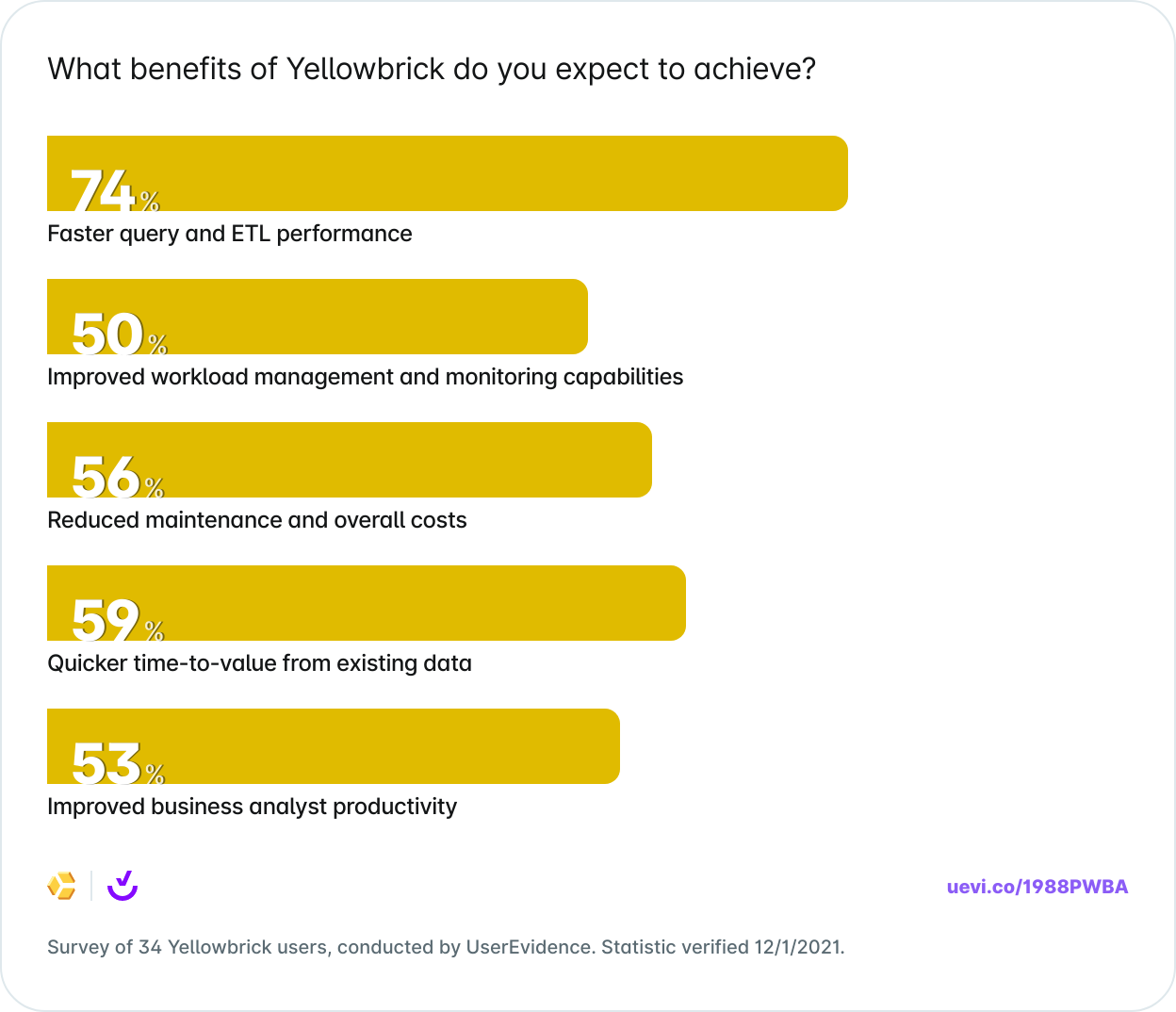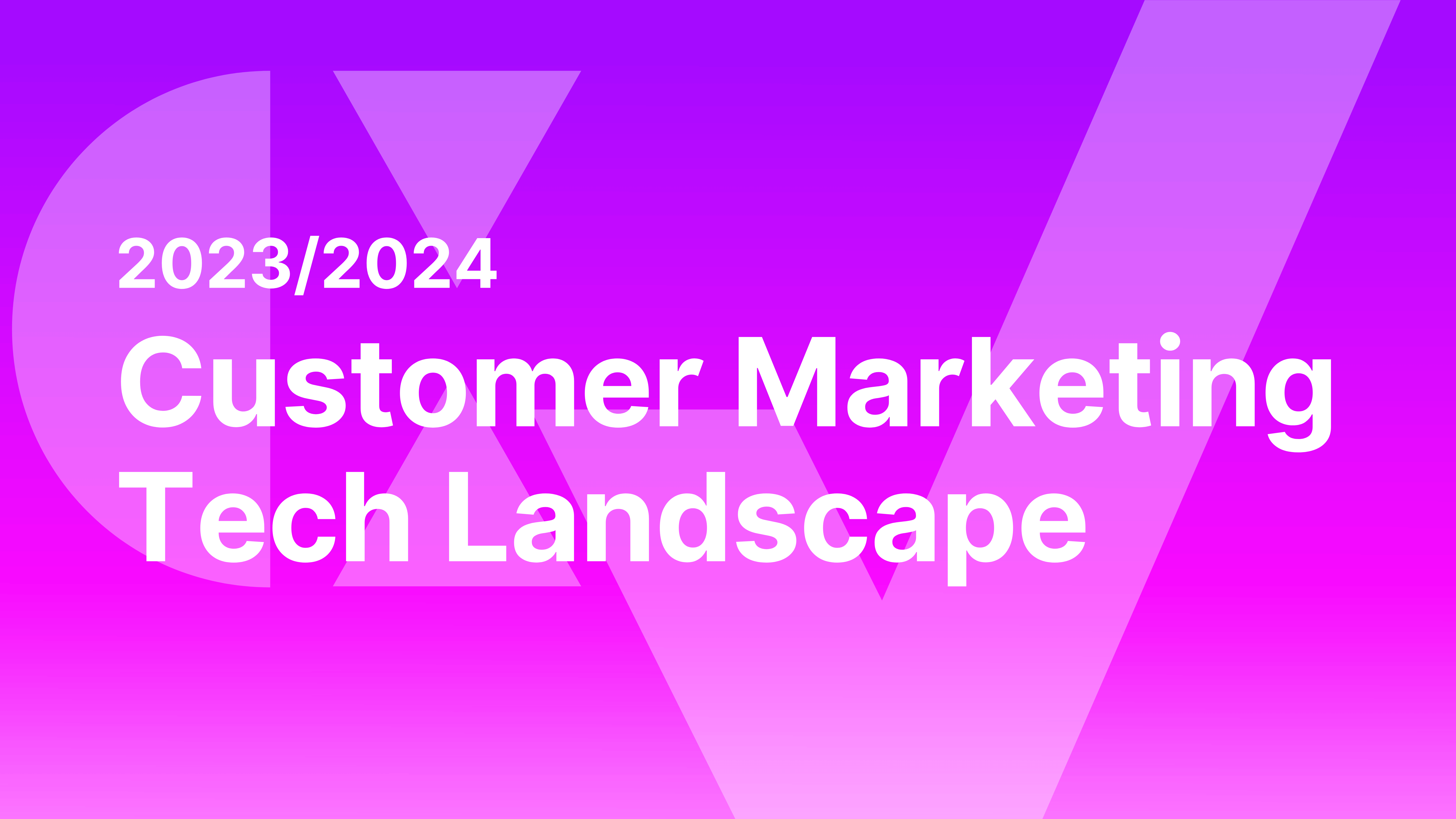80% of business decision-makers prefer to get company information from a series of articles rather than an advertisement. Today’s B2B buyers guide their own customer journey and are generally distrustful of branded collateral, preferring to do their own research rather than engage with sales teams. Why? Because this generation of B2B buyers are millennials. We know… that fact makes us feel pretty old too…
Millennials grew up on the internet, so their perspectives are influenced by the digital world in ways previous generations didn’t experience. For example, millennial B2B buyers rely heavily on digital self-serve models and non-traditional technology channels (think YouTube, social media, etc.) in their decision-making process, while previous generations might inquire directly and wish to speak to a salesperson much earlier on.
This means demand generation marketers need to adapt to today’s millennial B2B buyers by leveraging the voice of the customer (VOC). The VOC enables marketing teams to establish credibility and prove the value of your product or service to potential customers.
Buyers today find VOC especially persuasive, as they tend to trust real customers above all else. In fact, given two products with similar ratings, consumers are more likely to buy the product with more reviews. By utilizing the voice of the customer to make informative and persuasive content, demand-generation marketers can cater to buyers’ wants and needs by speaking their language.
In this blog, we will explain what the voice of the customer is, why it’s useful, and how your demand generation marketing team can leverage it to their advantage. Read on to learn how to use VOC to establish credibility, prove efficacy, and influence purchasing decisions.
What is the voice of the customer?
The voice of the customer summarizes a customer’s wants and needs, expectations, and buying objections. VOC comes in many forms, such as customer reviews, testimonials, case studies, social proof points, and more. You can capture VOC by gathering information on what customers are saying about your business, product, and/or services (we’ll explain how to do this a bit later on).
Ultimately, VOC is very convincing to today’s B2B buyers, who greatly value their own research and other customers’ reviews. This is why infusing the voice of the customer into marketing and sales collateral is essential for appealing to today’s B2B buyers. In fact, 93% of buyers read reviews before making a purchase.
Why is voice of the customer so important?
With the buyer’s journey now done through digital self-serve means, the focus for marketing has turned to creating hard-hitting and easily accessible content for each stage of the buyer’s journey. In fact, an average of 41% of B2B buyers always read at least 3 pieces of digital content before contacting an organization about their product. Informative and relevant content is the way to today’s B2B buyers’ hearts, and the voice of the customer can increase the effectiveness of your content even further.
The voice of the customer allows you to showcase the value of your product in a way that today’s B2B buyers will find trustworthy. In fact, 70% of B2B buyers cite company reputation as the most influential factor when choosing which company to do business with.
Here’s a real-life example of how one organization distilled the voice of the customer into their marketing collateral to establish credibility, build trust, and showcase their proof of value. This customer spotlight by Showpad illustrates how one of their customers found success by using their sales enablement platform. This customer said the challenges that led them to purchase Showpad included finding and sharing relevant content, measuring the impact of content, and managing separate enablement platforms. However, with Showpad’s platform, they have shortened their sales cycle, increased cross-sell/upsell revenue, and improved content marketing ROI. VOC (in this case, captured in a customer spotlight) displays the value and efficacy of a product through the actual experiences of current customers.
Internal vs. external use cases for voice of the customer
There are two primary use cases for the voice of the customer: internal and external. An internal use case leverages the voice of the customer to improve their product by taking customer feedback into consideration. On the other hand, an external use case fortifies their marketing content with customer-proof points. Let’s look at an example of each:
This chart from Yellowbrick (above) is a great example of an internal use case for the voice of the customer. With data gathered from a survey conducted by UserEvidence, Yellowbrick gained insight into what their customers want out of their platform. With this knowledge, Yellowbrick can change and improve their platform to better fit their customers’ wants and needs. This example has an external use case as well: by adding this chart to a blog or social media post, potential buyers can learn more about their platform and how it can solve their specific problems.
Similarly, this testimonial from GitLab (above) illustrates an external use of the voice of the customer. By including glowing reviews in blogs (like this one!), social media, and other sales and marketing collateral, today’s B2B buyers will stay engaged with your content during their extensive research. This review will catch the attention of buyers and encourage them to further consider you as a top option.
How to garner and leverage voice of the customer to your advantage
As buyers’ needs have changed, marketers have become more focused on building trust and educating buyers than actually selling products. With complete access to marketing content from any organization, buyers today have in-depth knowledge of your organization and your competitors (such as pricing comparisons, competitors’ customer reviews, and more). This means marketers have to be prepared with convincing proof points that showcase the value and efficacy of your solution to their problem.
Creating unique content for every buyer persona is time-consuming and labor-intensive. To win over customers, leverage the right technology, like UserEvidence, to capture the voice of the customer and leverage it within your content. With an arsenal of content that uses the voice of the customer, marketers can use it to show buyers the value and efficacy of their product.
Marketing teams collect customer feedback in various ways, one of which being a survey. In surveys sent via email, shared URL, or through automated collection points, using your existing tools, current customers can answer questions regarding what they like the most about your product, what sets you apart from the competition, and what you can do to improve their experience. Some platforms (like ours) even allow customers to provide anonymous feedback if they don’t feel comfortable including their name. Plus! UserEvidence’s customer content generation platform allows you to capture, review, and share the voice of the customer all in one place. Not to mention our platform enables quick and easy sharing of content to social media platforms, presentations, your website, CRMs, or content management tools.
To discover strategies for acquiring and sharing VOC, check out this informative blog!
Final thoughts
The voice of the customer is a powerful tool for demand-generation marketing leaders to create content that reels in today’s B2B buyers and increases conversions. With a platform like UserEvidence, marketers can easily capture VOC to infuse into demand generation content to:
- Attract best-fit leads
- Establish brand credibility and increase awareness
- Showcase ROI and prove product effectiveness
Book a demo today to discover how your organization can utilize the voice of the customer to create compelling marketing content!






